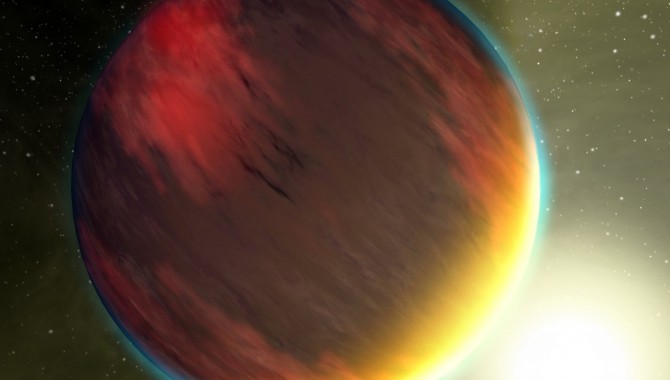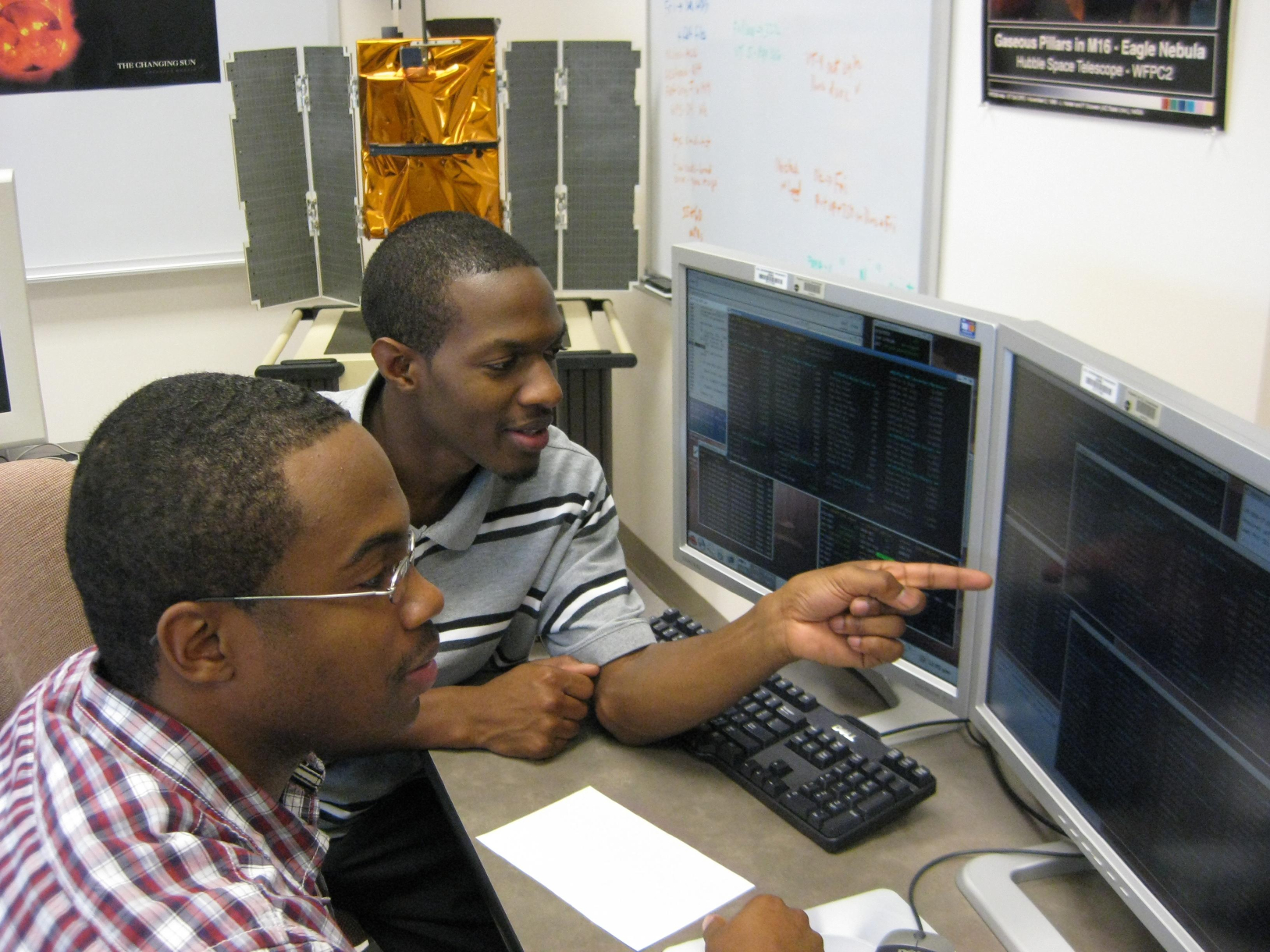
NASA in the News
NASA’s Kepler space telescope, designed to find Earth-size planets near sun-like stars, has discovered its first five exoplanets, or planets beyond our solar system. “These observations contribute to our understanding of how planetary systems form and evolve from the gas and dust disks that give rise to both the stars and their planets,” said Principal Investigator William Borucki of Ames Research Center. Known as “hot Jupiters” because of their high masses and extreme temperatures, the new exoplanets range in size from similar to Neptune to larger than Jupiter. Estimated temperatures of the planets range from 2,200 to 3,000 degrees Fahrenheit, hotter than molten lava and too hot for life as we know it. All five of the exoplanets orbit stars that are hotter and larger than Earth’s sun. To learn more about this discovery and the Kepler mission, visit their site.
Learning and Development
The Academy of Program/Project and Engineering Leadership (APPEL) has updated its curriculum offerings. The APPEL Program Management and Systems Engineering development structure includes three major components: core curriculum, in-depth courses, and outside-the-classroom development experiences. Evaluating the quality and results of this curriculum—and providing for its continuous improvement—is a high priority of the APPEL team. For more information, visit APPEL’s curriculum, or view the master schedule and registration information here.
Web of Knowledge
As NASA continues to set new goals and launch challenging missions in the new year, the agency also took time to review its discoveries and accomplishments during 2009. Among the top accomplishments for the year are the discovery of water on the moon, the successful test flight of the new Ares I-X launch vehicle, and the appointment of a new administrator. Read about these milestones and more here.
For More on Our Stories
Additional information pertaining to articles featured in this issue can be found by visiting the following Web sites:
Stardust
https://www.jpl.nasa.gov/missions/stardust
Ames Research Center Wind Tunnels
www.windtunnels.arc.nasa.gov
Ares V
www.nasa.gov/mission_pages/constellation/ares/aresV/index.html
Feedback
We welcome your comments on what you’ve read in this issue of ASK and your suggestions for articles you would like to see in future issues. Share your thoughts with us here.








